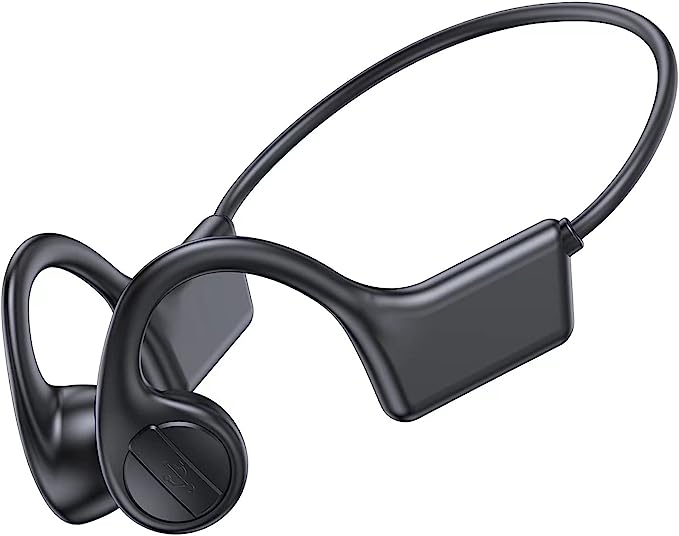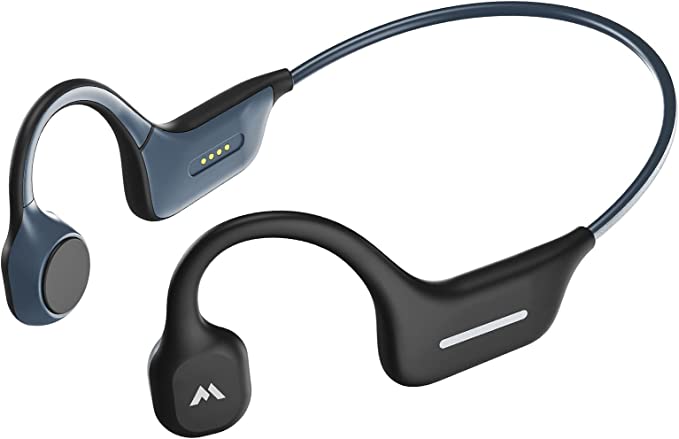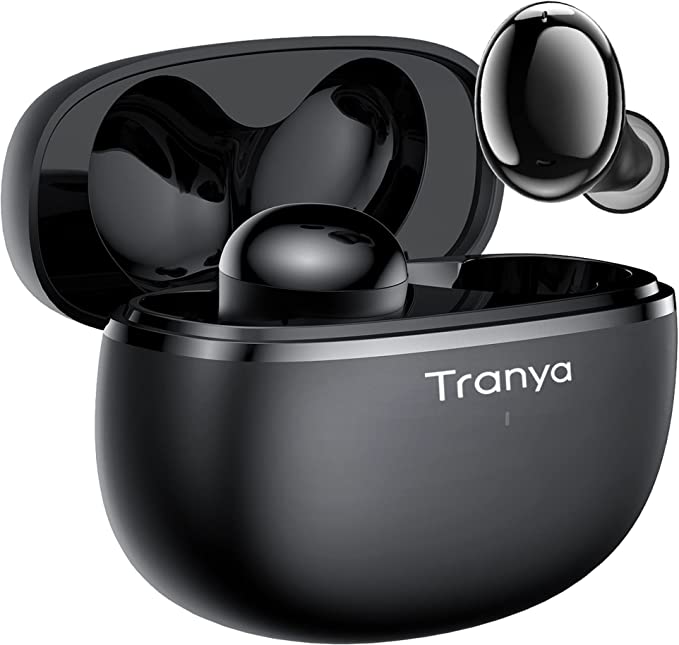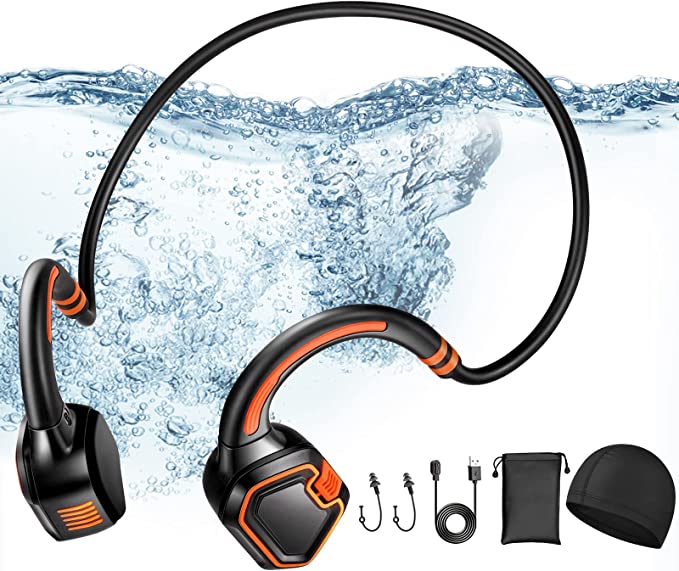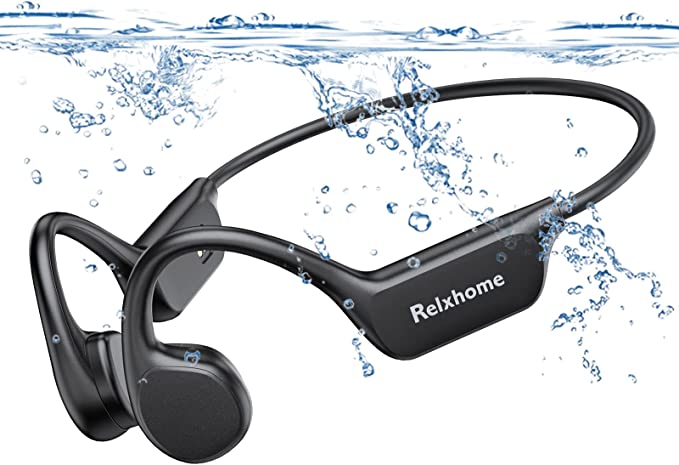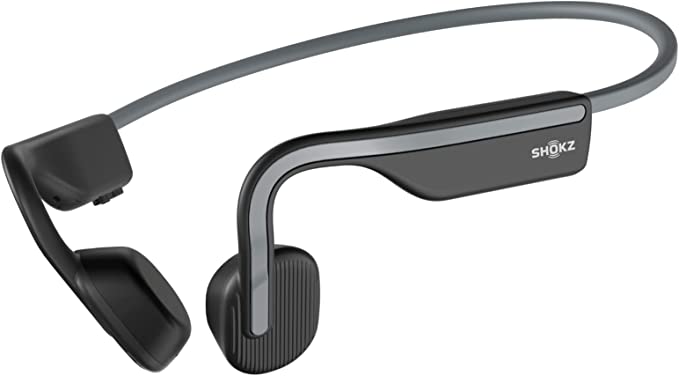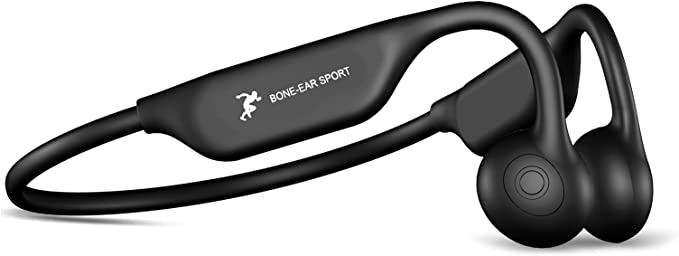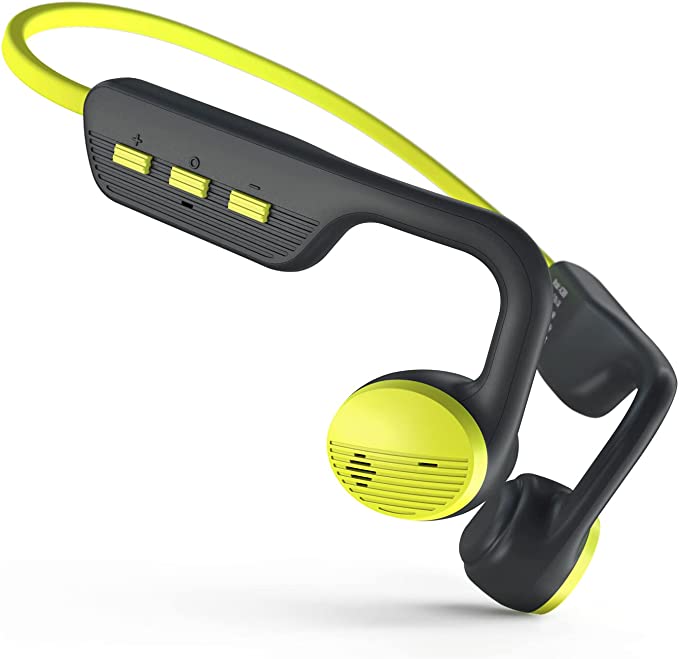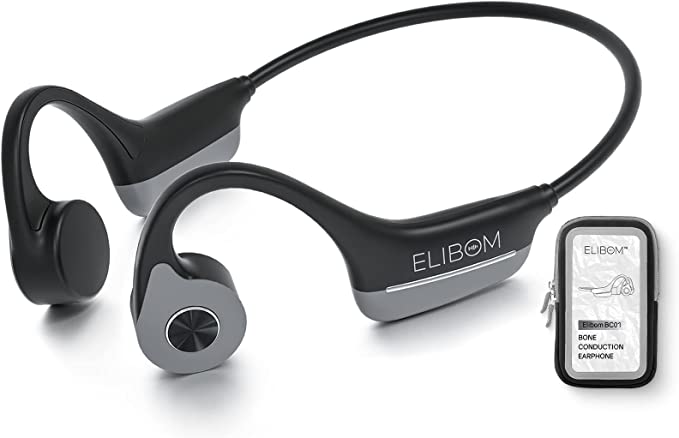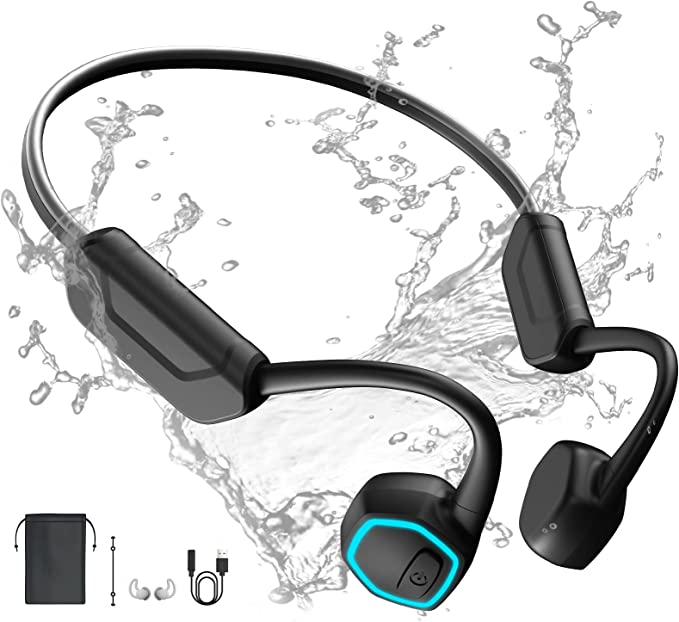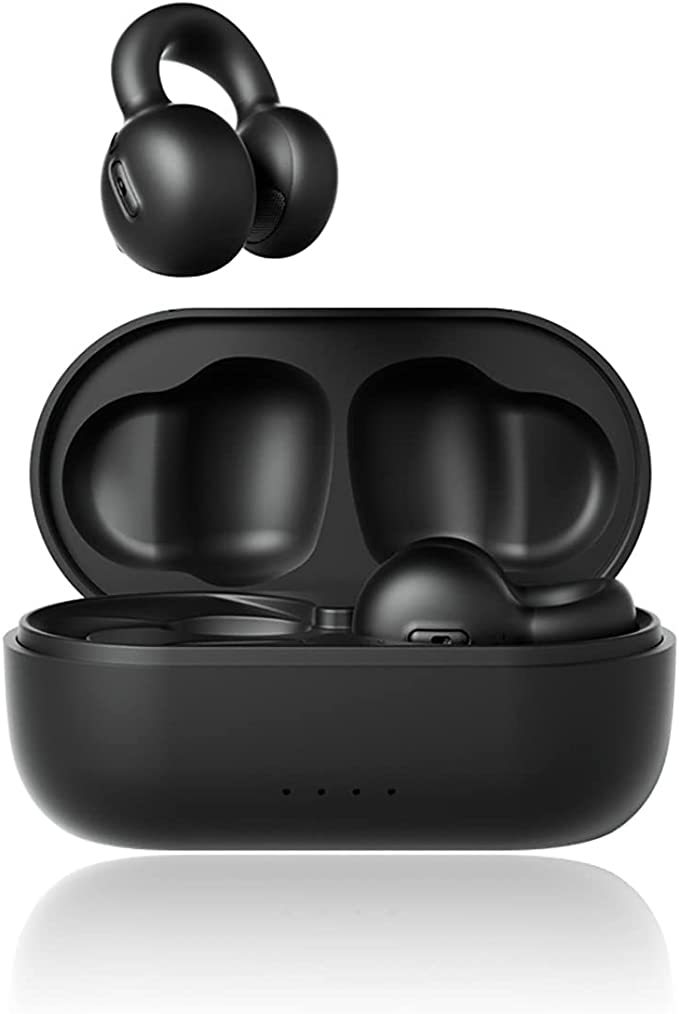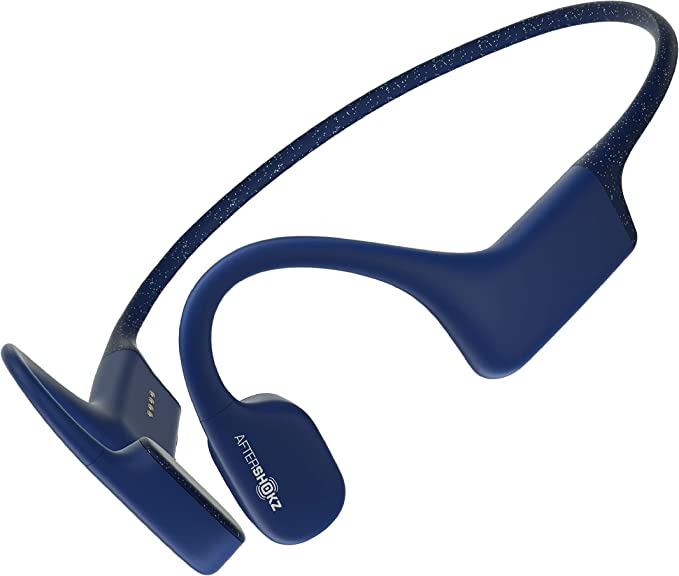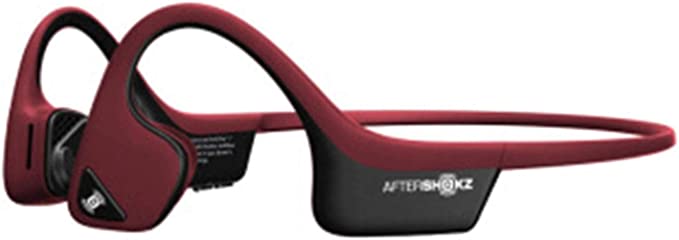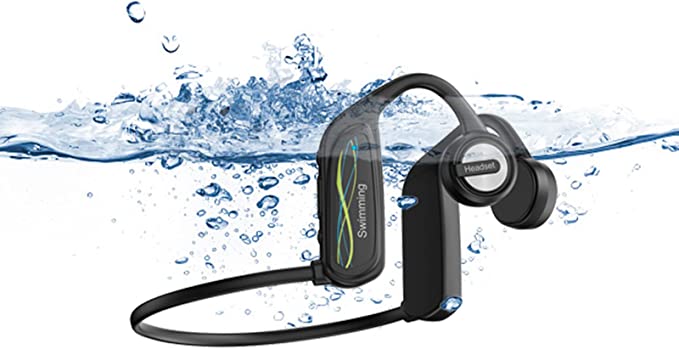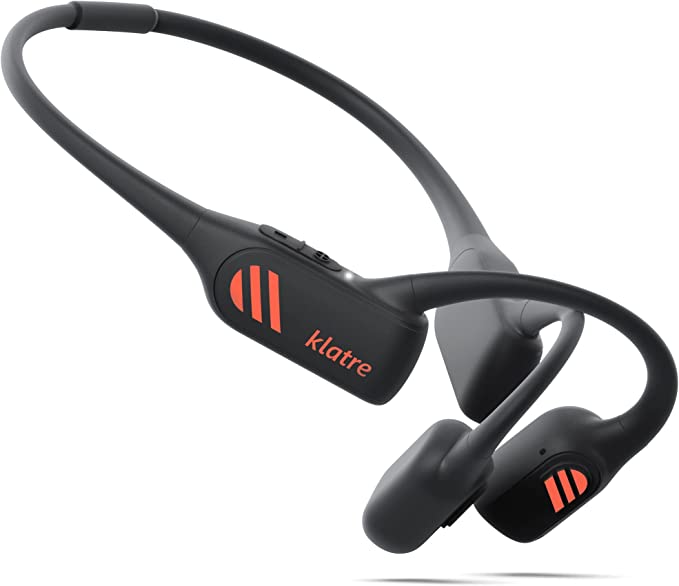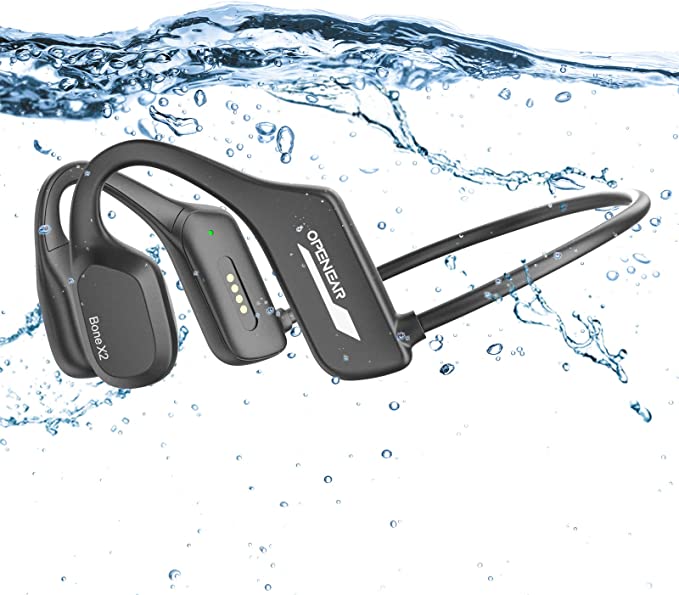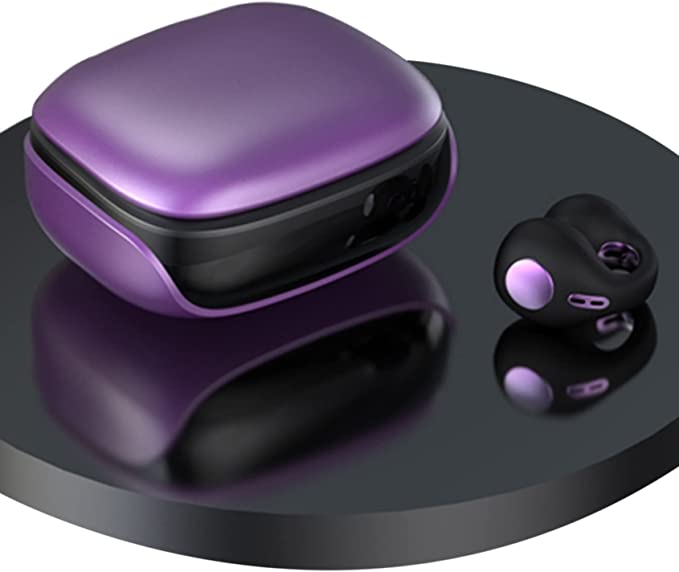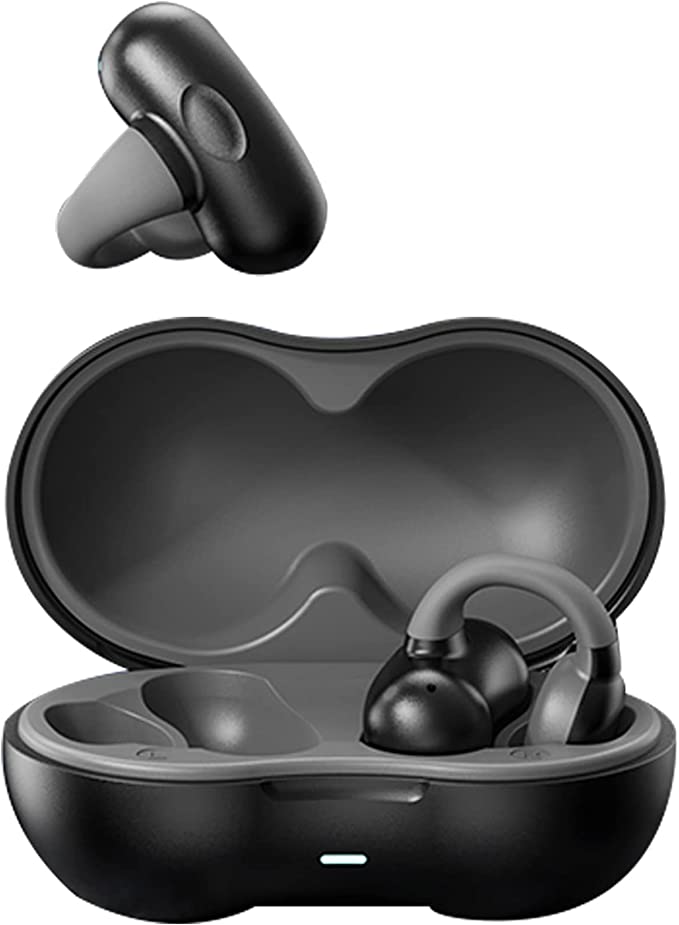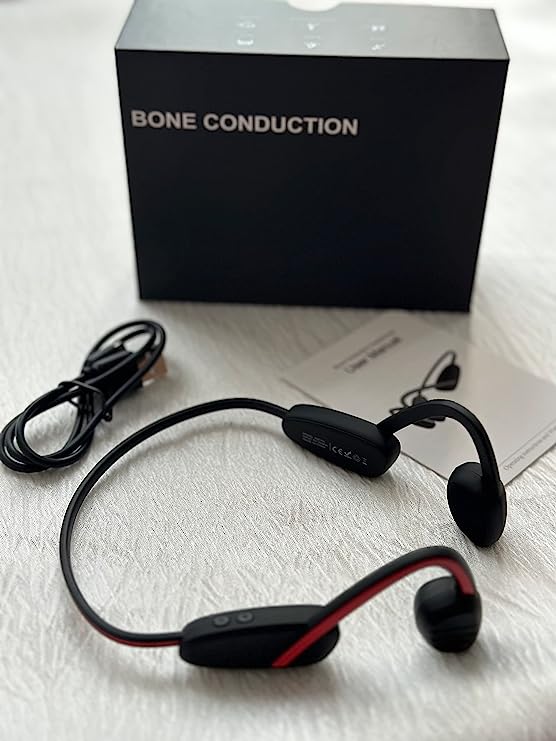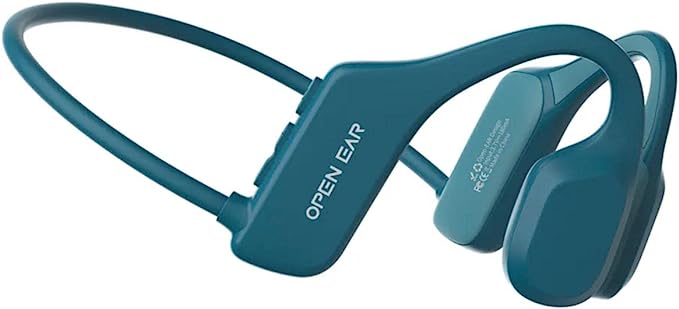TWEE Bone Conduction Headphones: A Splashing Good Time
Update on July 1, 2025, 2:15 p.m.
Imagine Vienna in the early 1800s. Ludwig van Beethoven, the era’s greatest composer, is trapped in a world of ever-deepening silence. Deafness is robbing him of his art, his passion, his very identity. In a moment of desperate genius, he clamps a wooden conducting baton between his teeth and presses the other end against his piano. And then, a miracle: through the vibrations in his jaw, traveling along his skull, the ghost of a melody reaches his mind. He can “hear.”
This was not magic. It was a beautiful, raw demonstration of physics, a principle we now call bone conduction. And while it was a lifeline for a tormented genius, this forgotten pathway of sound is now being rediscovered and engineered into sophisticated devices like the TWEE Bone Conduction Headphones, solving some of the most stubborn challenges of modern life.

The Secret Pathways of Sound
To understand this marvel, we must first appreciate that our ears use two distinct methods to perceive sound. The most familiar is air conduction. Think of it as sound’s bustling, public highway: sound waves travel through the air, are funneled into your ear canal, and vibrate your eardrum.
Bone conduction, however, is the secret subway line. It bypasses the eardrum entirely. Instead of sending waves through the air, a device like the TWEE headphones places small transducers on your cheekbones. These create subtle, precise vibrations that travel directly through the solid structure of your skull to the cochlea, the inner ear’s delicate, snail-shaped organ responsible for converting vibrations into neural signals the brain understands as sound.
What’s fascinating here is the result: you hear with pristine clarity, while your ear canals remain completely open to the world. It’s a foundational principle that transforms how we interact with our environment.

The Modern Athlete’s Dilemma
Fast forward two centuries from Beethoven’s Vienna. The modern world presents its own sonic challenges. A runner navigates a busy city street, needing their pump-up playlist but also needing to hear the approaching electric car. A swimmer plows through lap after lap in a state of sensory deprivation, cut off from the motivating power of music.
Traditional earbuds solve the music problem but create a safety one, forming a dangerous acoustic seal. And for the swimmer, the problem is absolute. This brings us to a beautiful quirk of physics that makes listening to music underwater so difficult.
Engineering Against the Elements
Bluetooth, the lifeblood of wireless audio, operates in the 2.4 GHz radio frequency band. To these radio waves, water is like a thick, dense fog. Due to water’s high dielectric constant, it aggressively absorbs and scatters these signals, causing your connection to vanish almost instantly upon submersion.
This is where clever engineering, as seen in the TWEE headphones, provides a workaround that is both simple and brilliant. First, to survive the environment, the device is built to the IPX8 standard. Governed by the International Electrotechnical Commission’s (IEC) 60529 standard, this rating signifies more than just being “water-resistant.” It means the device is hermetically sealed for continuous immersion in water, like a miniature submarine.
Second, to bypass the aquatic radio silence, it features a dual-mode system. On land, it’s a modern Bluetooth 5.0 headset. But with a quick switch, it becomes a self-contained 16GB MP3 player. By storing the music locally (enough for roughly 4,000 songs in MP3 or WAV format), it no longer needs to fight the physics of water. It simply plays.

The Experience of an Inner Concert Hall
So, what does it feel like to hear through your bones? The experience is profoundly different from traditional headphones. The sound is often described as ethereal and spacious, as if it’s originating from inside your head rather than being pumped into it. This makes it exceptionally clear for podcasts, audiobooks, and vocals.

This technology, driven by components like a 10mm moving coil unit, does have a unique acoustic signature. Because it bypasses the resonance of the ear canal, the deep, thumping bass found in high-end in-ear monitors is less pronounced. However, this is a characteristic of the medium, not a defect. In return, you gain something extraordinary: a blended auditory reality. You can enjoy your music while still hearing the chirping of birds on a trail run, the instructions of a coach, or the splash of a fellow swimmer.

This experience is further enhanced by a design philosophy centered on comfort. At a mere 16 grams, the headphones are engineered to be forgotten, eliminating the pressure and fatigue that can come from hours of wearing in-ear devices.

Conclusion: Echoes of the Future
From Beethoven’s wooden baton to a sleek, waterproof headset, the journey of bone conduction is a testament to human ingenuity. This technology, beautifully realized in devices like the TWEE headphones, is more than a clever way to listen to music. It’s a tool for enhanced safety, a solution to long-standing physical barriers, and a glimpse into the future of wearable technology where our senses are not blocked, but blended and augmented.
It proves that sometimes, the most innovative path forward is to listen to the echoes of the past and find a new way to hear the unheard.
